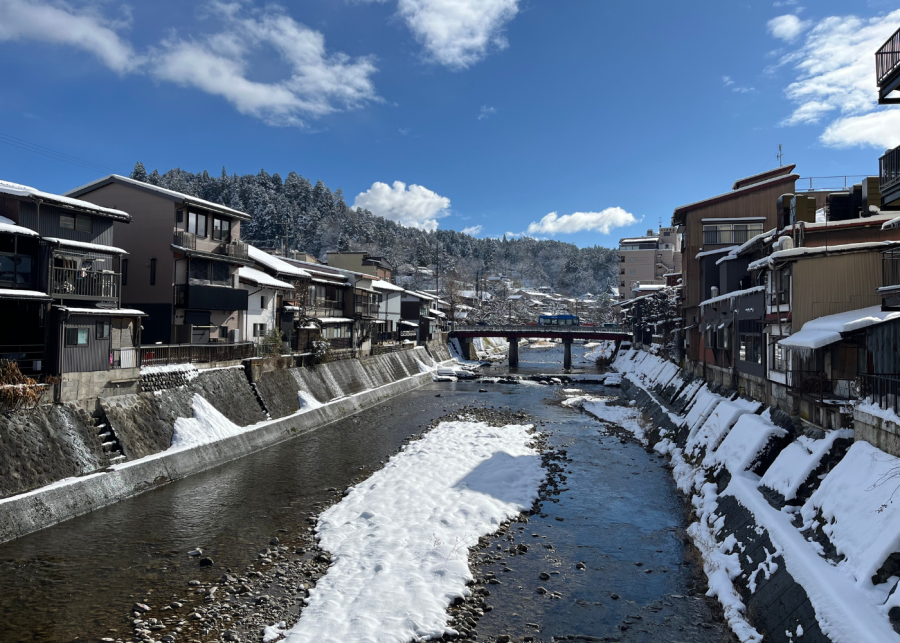
Tucked away in the mountains of Japan, Takayama is known for its stunning alpine views, charming old town, and Hida beef - a delicious brand of wagyu.
This is how much I love Gifu Prefecture, my favourite prefecture amongst those I’ve explored in Japan. I’ve been to Takayama four times – in the spring, summer, and winter – with my most recent visit in February 2025. Located in the heart of the Japanese Alps, its mountainous terrain is home to ski resorts and natural hot springs. I love how the quaint mountain town has a laid-back and tranquil vibe, especially in the winter. From my adventures in Takayama, here’s what I’d personally recommend.
Things to do in Takayama
1. Explore Takayama’s Old Town
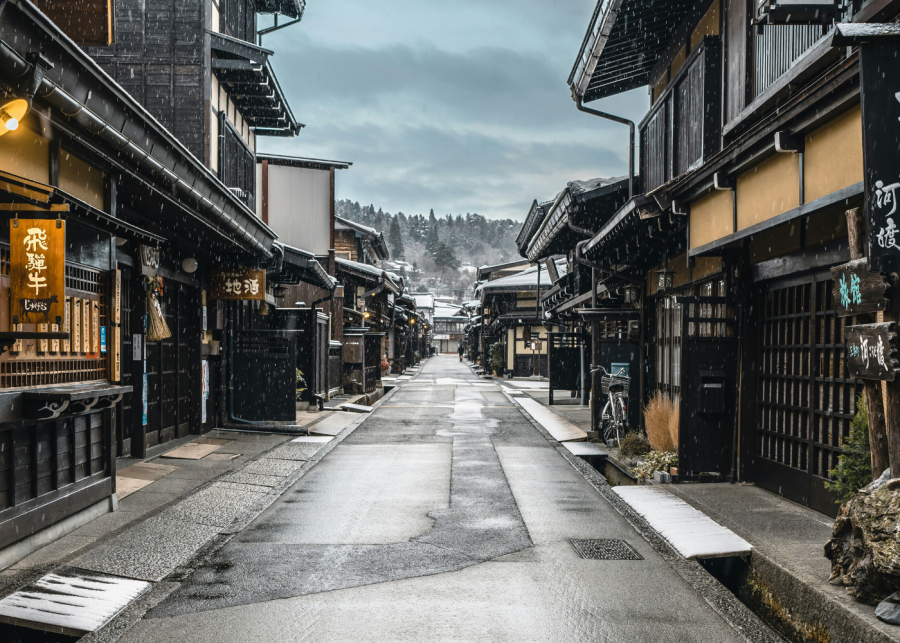
Takayama’s old town, Sanmachi Suji, is a quaint, well-preserved area that dates back to the feudal ages of Japan. The streets are lined with traditional merchant houses, restaurants, shops, and breweries, surrounded by canals of clear, running water. I’ve even spotted koi fish in them!
Scattered amongst the ceramics and homeware stores, you’ll find stalls selling cold sake and kakigori (shaved ice desserts) in the summer, or steaming hot beef skewers and amazake (a sweet, hot, non-alcoholic rice malt drink) in the winter. Occasionally, I’ve seen rickshaws pulled by attendants dressed in traditional outfits. If you want to enjoy a rickshaw ride, it’s typically about 2,000 yen ($17.30) per person for a 30-minute tour of the old town area.
This is an area I highly recommend, as the little shops lining the streets are cute, the locals are friendly, and the street food is great.
Sanmachi Suji address: 20 Kamisannomachi, Takayama, Gifu 506-0846
2. Visit the Hida Takayama Retro Museum

This museum exhibits items from the late 70s, such as vintage video games, posters, cameras, board games, and other nostalgic memorabilia in Japan. I love how the interior features rooms that resemble old-school classrooms. Oh, and you can even sample a typical Japanese school lunch from the 70s. Admission costs 900 yen ($7.80) per person, and souvenirs include iron-on patches, candy, and old-fashioned sodas in glass bottles.
Hida Takayama Retro Museum address: 4 Chome-7 Shinmeimachi, Takayama, Gifu 506-0821; open daily from 10am to 5pm
3. Taste sake at a local brewery
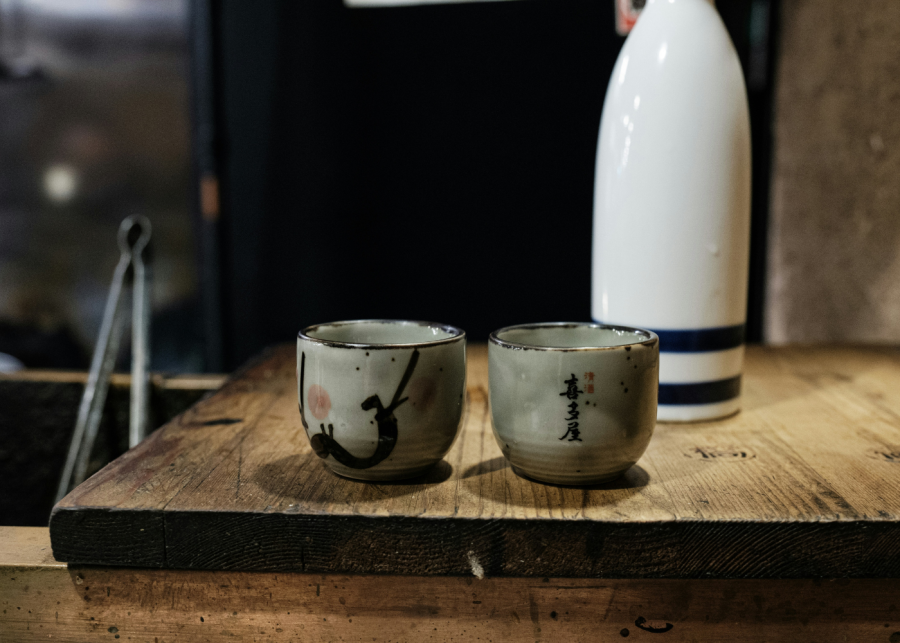
Walking along the streets of Takayama’s old town, I’ve seen many sake shops easily distinguishable by a sakabayashi, or large ball made of cedar branches, hanging from the eaves by the entrance. Tip: when you see a green sphere made from fresh branches and leaves outside a brewery, that means they’re making a fresh batch of sake. When the leaves turn brown, the sake has matured and is ready for purchase!
One of the most prominent sake stores is the Hida Jizake Brewery, which has a wide selection of more than 500 kinds of locally produced sake from the 12 breweries in Hida. From fine sake and Junmai Daiginjo, to sparkling rice wines, the locally brewed Hida beer, and Hide whiskies, this store is a must-visit for those who love the finer drinks in life.
Hida Jizake kura Hon-ten address: 48 Kamisannomachi, Takayama, Gifu 506-0846; open daily from 9am to 6pm
4. Shop for traditional artisanal crafts
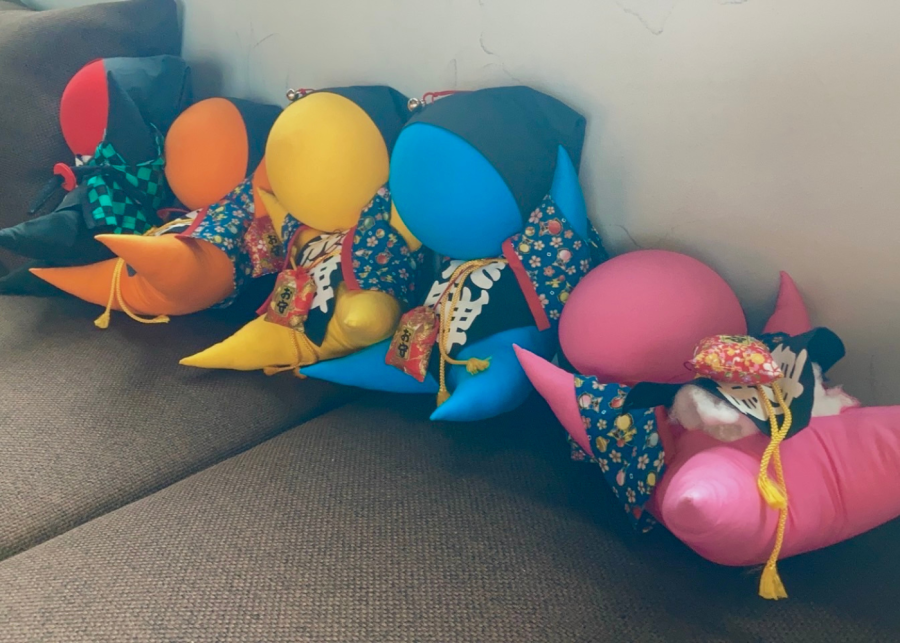
Takayama is famous for traditional lacquerware and woodcarvings, as well as its furniture-making and textile production. Strolling down the streets, you’ll see stores with handmade items ranging from jewellery and purses to exquisitely carved wooden tableware and other home decor pieces.
The area is also known for sarubobo, a traditional doll. They’re faceless to represent the innocence and purity of a baby. Traditionally given as amulets, the colours hold different meanings, such as red to wish newlyweds a happy marriage, green for good health, and pink for luck in love.
5. Experience medieval Japan at Shirakawa-go
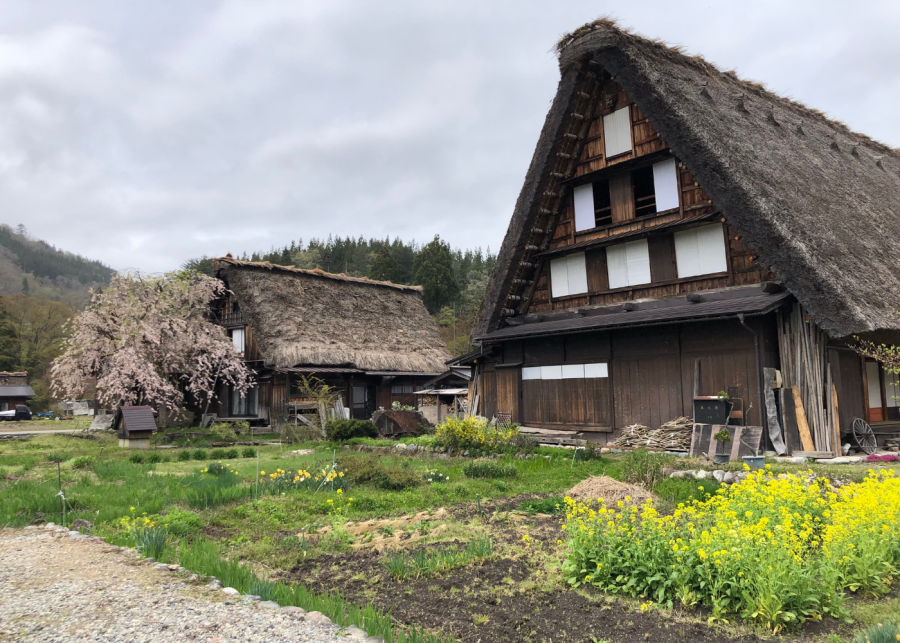
Shirakawa-go is the most famous of the gassho-style sites in Gifu that preserve the ancient building styles of Japan’s original population. This folk village is also one of Japan’s Unesco World Heritage Sites. The entire town and protected area spans around 170 acres and features 114 thatched buildings situated on old-style farmland.
When I visited, it reminded me of The Shire from The Lord of the Rings! If you come by in the spring, you might even see the caretakers and residents re-thatch the roofs. P.S. while it has an abundance of small, street food stalls, there are limited options for full meals, so bring a snack.
From Takayama, I recommend visiting Shirakawa-go by car as the journey takes less than an hour. There are four car rental places near Takayama Station, making it an easy day trip if you’re looking for an adventure. However, the area can see up to 40cm of snow in a day, so make sure you’re confident enough to drive during winter. Alternatively, take a regular bus to Shirakawa-go from the Takayama Bus Terminal, which costs 2,800 yen ($24.30) one way.
Shirakawa-go address: Ogimachi, Shirakawa, Ono District, Gifu 501-5627
6. Visit Hida no Sato Open Air Museum
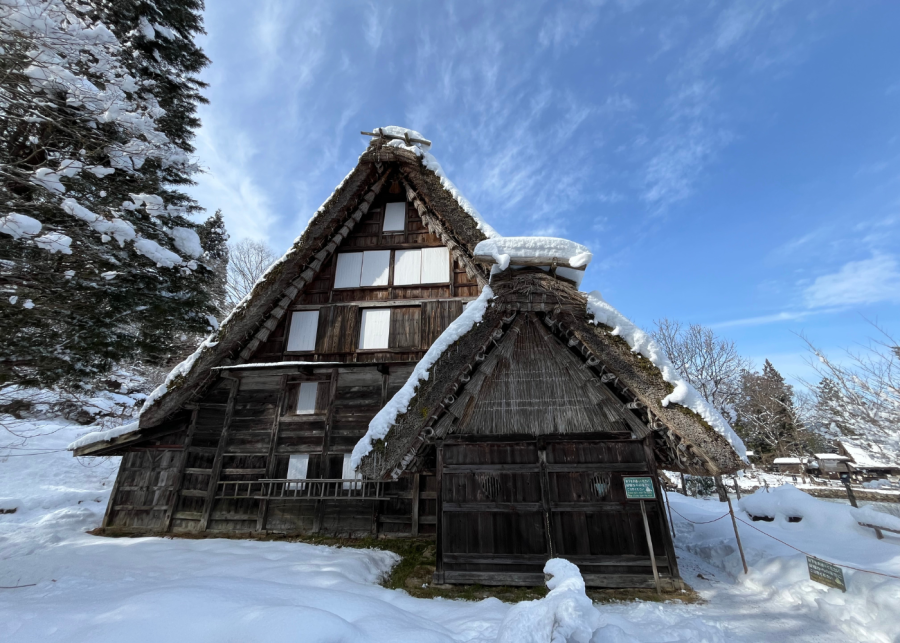
The Hida no Sato Open Air Museum in Takayama City features about 30 gassho-style farmhouses with meticulously preserved architecture in a small agricultural village. There’s also a small craft centre nearby offering various hands-on folk craft experiences such as woodcarving, lacquering, pottery making, and embroidery. You can even paint and customise fox masks and maneki-neko (lucky cats)!
Located fairly close to the city centre, the Hida Village is accessible via a short ride on the Sarubobo Bus from the Takayama Bus Terminal, with the journey taking around nine minutes (four stops).
I enjoyed visiting this little village, as the structures are filled with old-style equipment or furnished as they would have been in those days. It may not be as famous as Shirakawa-go, but it’s close to Takayama’s city centre if you’re short on time.
Hida no Sato Open Air Museum address: 1 Chome-590 Kamiokamotomachi, Takayama, Gifu 506-0055; open daily from 8.30am to 5pm
7. Head to the mountaintop via the Shinhotaka Ropeway
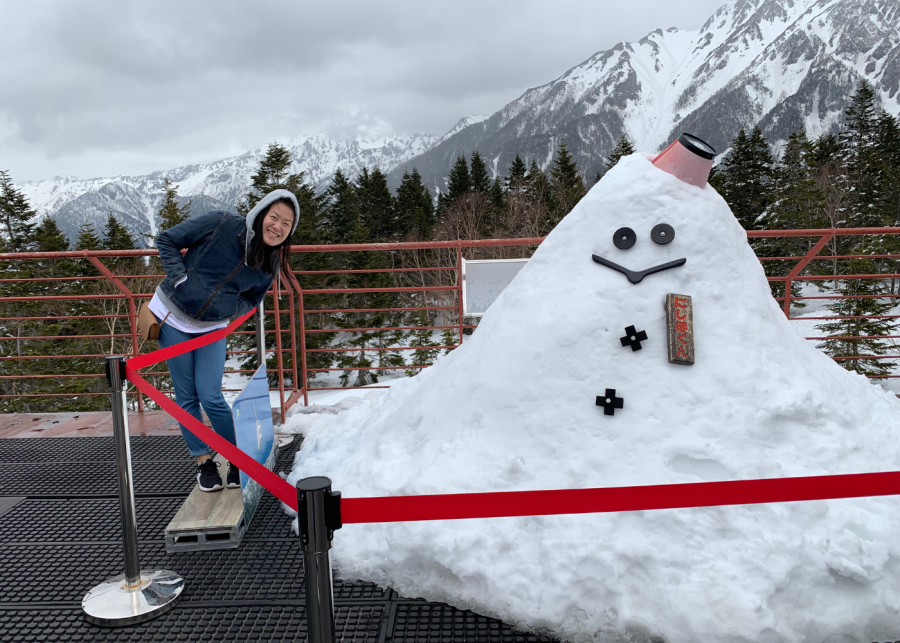
The spectacular Shinhotaka Ropeway is a cable car service that climbs the hillside of Mount Hotaka, the third tallest mountain in Japan. I’ve seen some of the most scenic, panoramic views of Japan’s Northern Alps on my ascent. The terminus at the summit, Nishi Hotakaguchi Station, is the highlight, with 360-degree views from the rooftop observation deck. I’d recommend packing an extra sweater or jacket, as it’s colder on the mountaintop because of the higher altitude and lower pressure.
From Takayama Station, you can do the one hour and 20 minute drive or take a 2,200 yen ($19.10) bus from the Takayama Bus Terminal.
Shinhotaka Ropeway address: Okuhida Onsengo Kansaka, Takayama, Gifu 506-1421; open daily from 8.30am to 5pm
8. Soak in an onsen
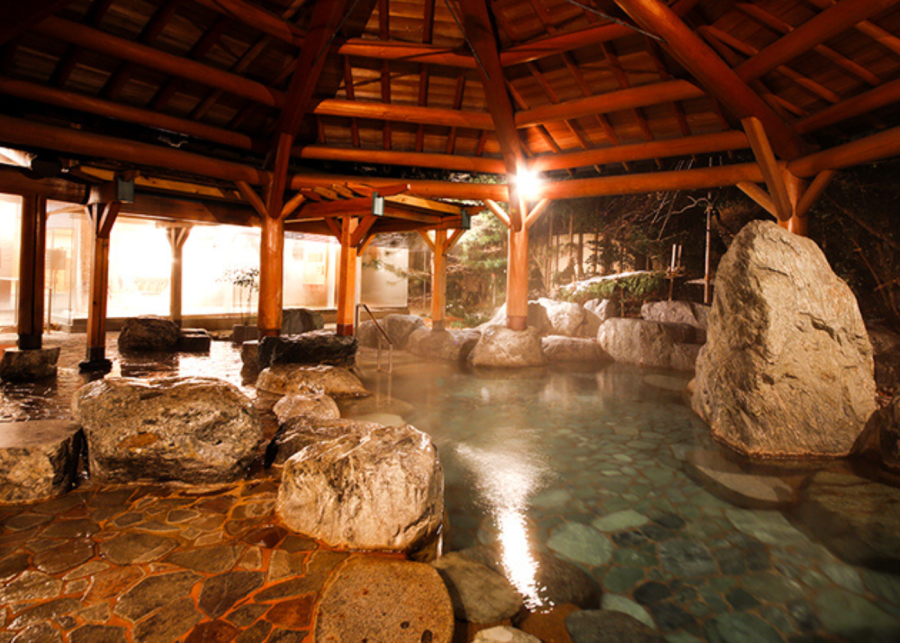
If you’re not booking a hotel that has an onsen (hot spring), there are some day-use options around Takayama City. Perfect for a cold day, a dip in the onsen purportedly has major health benefits, such as improved blood circulation, pain relief, stress reduction, and improvements to your skin.
Newly opened in 2023, Tenryo-no-yu is the most modern, day-use hot spring spa located on the first floor of Takayama Green Hotel. It offers day-use onsen services to non-hotel guests, and has indoor and outdoor baths, saunas, coin laundry services, massage services (for an additional fee), a restaurant, and shower amenities. Entry costs 1,500 yen ($13) for adults and 300 yen onwards ($2.60) for children.
Tenryo-no-yu address: Takayama Green Hotel 1F, 2 Chome-180, Nishinoisshikimachi, Takayama, Gifu 506-0031; open daily from 11am to 2pm and 3pm to 10pm
9. Shred up the slopes at a ski resort

With its mountainous terrain and heavy snowfall, Takayama has two main ski resort clusters: in the east (Hirayu Onsen) and towards the north. The skiing season begins from mid to late December and ends in late March. Most of the resorts function like snow sports centres and don’t offer lodging. But they’re equipped with onsens, restaurants, and the usual equipment rentals, plus ski and snowboarding lessons.
Pro tip: If you’re planning to stay in Takayama for a ski trip, look for hotels that provide shuttles with easy access to the slopes, or catch one of the buses from Takayama Bus Terminal. They’re always quieter on weekdays!
The Hida Nagareha Resort is one of the few ski and snowboarding resorts in North Takayama that offers lodgings. With cottage rentals for a party of four to 10, rooms are equipped with futons (Japanese-style bedding), air conditioning units (which serve as heating in the winter), and a small kitchenette. However, stoves and pots must be booked for an additional fee.
There’s also a large onsen at the resort with indoor and outdoor baths, a sauna, and a jacuzzi, plus a restaurant. Open all year, it offers campsites and cottage stays in the summer. I love that the beginner to advanced skiing slopes are private, which means short lines for their six lifts.
From Takayama Station, it’s less than an hour’s drive. During the winter, a special bus service runs to the area from Takayama Bus Terminal. Look for buses going towards Furukawa Kamioka, and alight at the Nagareha Spa/Skiing Area.
Hida Nagareha Resort (also known as Star Spur Ryokufu Resort) address: 150 Kamiokacho Fusegata, Hida, Gifu 506-1154
What to eat in Takayama

- Hida beef grilled with hoba miso on a magnolia leaf: you can’t miss out on Hida beef – a premium brand of Japanese wagyu from Gifu Prefecture. Known for its beautiful marbling, tenderness, and rich flavours, it can be enjoyed in many ways. This dish is served with an assortment of mushrooms and miso for a rich and flavourful taste.
- Hida beef skewers: often found as street food in the old town, they comprise different cuts of skewered Hida beef grilled to perfection. Depending on the stall, you can choose between salted (shio) or sauced (tare) skewers.
- Hida beef sushi: from gunkan-maki (warship style) with a quail’s egg yolk, to nigiri topped with negi (chopped leeks), there are different styles of Hida beef sushi to try. They’re often served on senbei (rice cracker) plates, too.
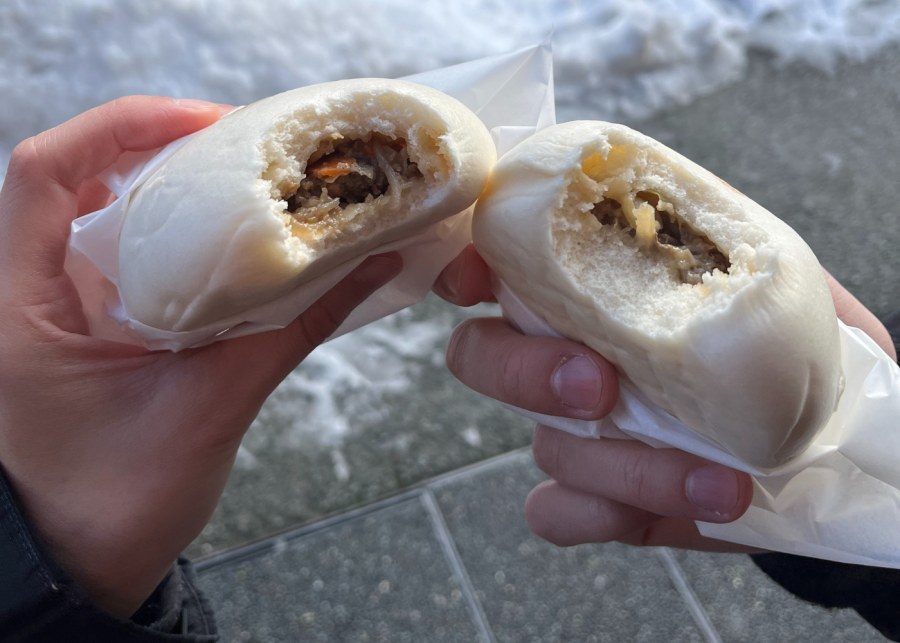
- Gyuman (Hida beef steamed buns): These are my favourite of all the street foods, though not all gyumans are created equal! For me, the best ones have lots of shredded vegetables like carrots, lotus root, onions, and burdock. The usual finds typically contain a basic mixture of beef and stewed onions packed in a hot bun.
- Takayama ramen: this includes slices of tender chashu (pork belly), naruto (fish cake), menma (stewed bamboo shoots), and a sprinkle of negi (chopped leeks). The broth is salty and a little oily, but it’s perfect after hitting the ski slopes, or for keeping warm on a blustery wintery day!

- Traditional mochi: options include mitarashi dango (mochi grilled in a sweet and salty soy-based sauce), gouhei mochi (a rough mochi coated in soy sauce and five-spice powder), and the winter special, shiratama zenzai (a sweet, red bean soup with small, round mochi balls). My favourite is the grilled mitarashi dango – they’re sauced before grilling, giving them a richer flavour throughout.
Save this guide for your next trip to Takayama!
Frequently Asked Questions
How to get to Takayama?
The best way to get to Takayama by train is on the Limited Express Hida train (2 hours and 40 minutes), which you can catch from Nagoya Station. To get to Nagoya, catch the Nozomi Shinkansen. This leg of the journey will take around 1 hour and 40 minutes from Tokyo Station, 35 minutes from Kyoto Station, and about 55 minutes from Shin-Osaka Station.
For the Limited Express Hida Train, I’d recommend buying reserved seat tickets to enjoy the ride in peace. This line is a sightseeing train, with occasional commentary about the natural scenery and the area’s history. Look out for stunning views of clear rushing rivers, gorges, and the towering Japanese Alps.
Another way to get to Takayama is by renting a car. From Nagoya Station area, the drive to Takayama’s city centre takes around 3.5 hours (about 160km).
How long should I stay in Takayama?
It depends on the season. If you’re visiting during the warmer months without plans to travel beyond Takayama, 2D1N is sufficient to see all the major sights in the area.
If you’re visiting from late April to late October, you can see Shirakawa-go and the Shinhotaka Ropeway in a single day, making it a 3D2N trip. However, spending an additional night will make for a more leisurely experience.
From November to late March, expect heavy snowfall or icy driving conditions. With especially shorter daylight hours in the mountains, it’s safer to visit these sites on different days.
It looks so remote in Takayama! Is it easy to get around?
It is remote, but the city has invested a lot into improving its infrastructure as a dedicated tourist destination. Information in English, Chinese, and Korean is readily available at the major tourist information centres.
Google Maps is very useful in Japan when it comes to checking timings for public transport, and Google Translate comes in handy when trying to communicate in a pinch!
Should I stay in one place and make that my base?
Sure, but don’t be afraid to break up your stay if you’re planning to visit the areas outside the city! If you’re visiting the ropeway and you’re planning to see Shirakawa-go, you can stay at the onsen resort town for a night. Shirakawa-go also offers lodging in one of the gassho-style huts, and there are ryokans in the area for a truly immersive trip!


